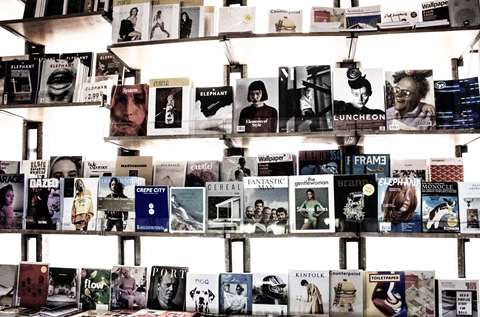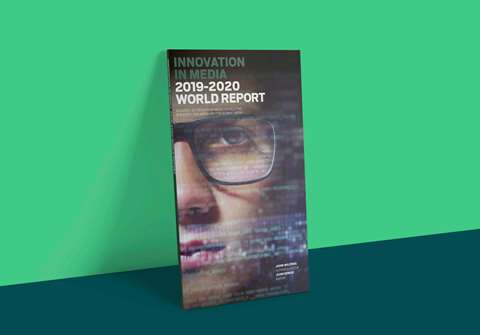Effective marketing
‘Making a difference’ led the panel into a discussion about the relative marketing effectiveness of the different channels.
“Digital can produce cheap, quick results,” said Bazuaye. “However… we’re coming to a tipping point where mistrust and familiarity with digital is starting to blunt its effectiveness. With a printed thing, you choose to invest in it, you choose to sit down and pay attention. It feels more deliberate, so the engagement is higher.”
But it doesn’t have to be one type of media or the other. In fact, this binary approach could end up being counter-productive.
“If we’re always thinking either/or we’ll never do anything differently,” said Kessler.
“Smart people will realise we need a mix of things. Digital and print. Each has a role to play. What’s that role? That’s the next question to answer,” suggested Bazuaye.
Elizabeth Stone, marketing manager at the John Lewis partnership, agrees. “Print needs to find a way to exist in the digital space. That doesn’t mean you have to translate print to digital, it’s just about how to exist together.”
Of course, this doesn’t change the fact that digital has a lot of short-term benefits. “We need to justify budget on a year-by-year basis. It’s difficult outside of the marketing function to justify a long-term approach to brand building,” Stone commented.
Creative sparks
The next topic of discussion was creativity. OK, print doesn’t have the reach of digital, but it has something better. It’s malleable.
And we don’t just mean paper’s flexibility (although, that is a thing). We’re talking about how print’s physical nature can be manipulated in ways that other formats can’t. It can be printed with inks that make it glow in the dark or react to touch, used to carry technologies such as NFC chips and conductive inks, and deliver interactive experiences impossible for other media.
We live in a world of shrinking attention spans. How can advertisers create things that actually grab attention, and keep it? As an example, Helen Bazuaye mentioned the IKEA ad that had been treated to become a pregnancy test. Try doing that on a mobile screen.
Flora Kessler, strategy partner at Carat UK, said: “There’s an element of creativity in print that you don’t always see in digital. So much budget devoted to digital can soak up the creativity along the way. How do we bring the two together in a consumer journey?”
Carat UK itself has done some ground-breaking work with Cadbury Crème Eggs that crosses the boundaries of digital and print. Also highly commended in the conversation was the KFC ‘FCK’ apology campaign that began in print but was widely shared in digital.
Likewise, the aforementioned IKEA pregnancy test scored 1650 pieces of earned media with a combined value of $12 million dollars. The lesson? A well-executed print ad can transcend its medium.





